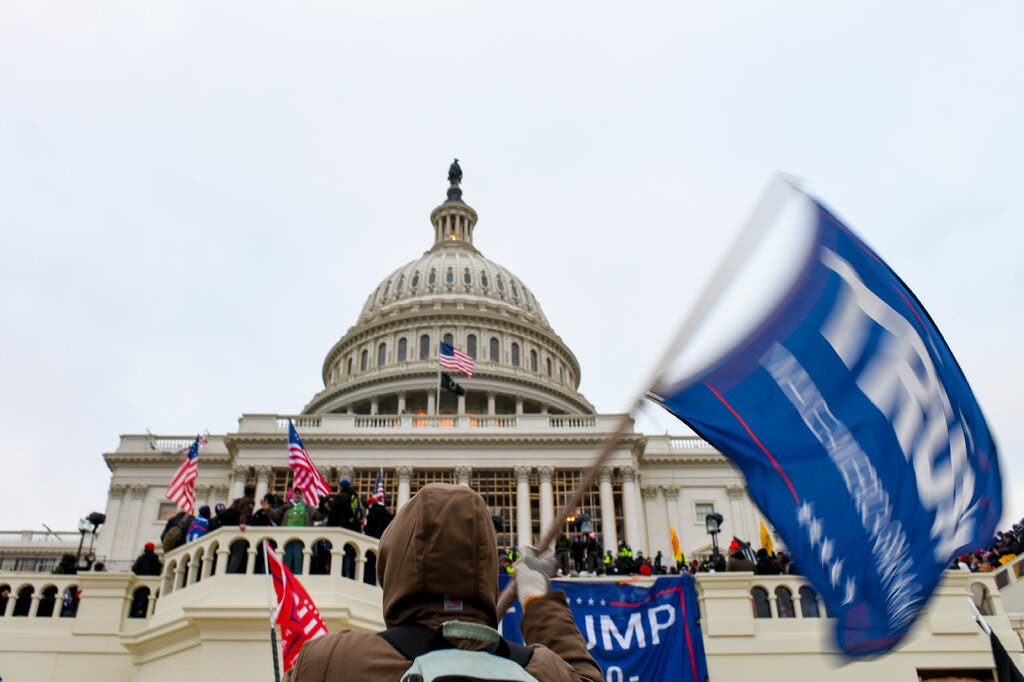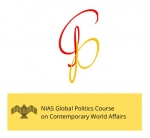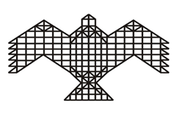
North Korea: Pyongyang tests its second hypersonic missile
What happened?
On 6 January, the Korean Central News Agency (KCNA), the state media, reported North Korea testing of the second 'hypersonic missile' on 5 January. The KCNA stated: "The successive successes in the test launches in the hypersonic missile sector have strategic significance in that they hasten a task for modernizing the strategic armed force of the state."
It read: "The missile made a 120 kilometres lateral movement in the flight distance of the hypersonic gliding warhead from the initial launch azimuth to the target azimuth and precisely hit a set target 700 kilometres away." KCNA confirmed the details of the test such as the ability of operation in the winter season and flight control. In addition, the missile demonstrated its ability to combine "multi-step glide jump flight and strong lateral manoeuvring."
On 5 January, Japanese Prime Minister Fumio Kishida said: "Since last year, North Korea has repeatedly launched missiles, which is very regrettable." South Korea's National Security Council convened an emergency meeting addressing the concern on the launch.
On 5 January, Japanese Prime Minister Fumio Kishida said: "Since last year, North Korea has repeatedly launched missiles, which is very regrettable." South Korea's National Security Council convened an emergency meeting addressing the concern on the launch.
What is the background?
First, North Korea's hypersonic missile tests. In September 2021, North Korea launched its first hypersonic boost-glide vehicle called Hwasong-8. The missile flew 200 kilometres at an altitude of 60 kilometres. The Hwasong-8 has a fuel ampoule technology that permits liquid-fueled missiles to be filled during the production process and can be stored in airtight canisters, making them ready for launch. KCNA refrained from reporting the launch of the missile; thus, the payload and the intensity of the hypersonic glide vehicle (HGV) remain unknown. North Korea is visibly interested in developing liquid-propellant missiles which are more energetic than solid-propellant.
What is the background?
First, North Korea's hypersonic missile tests. In September 2021, North Korea launched its first hypersonic boost-glide vehicle called Hwasong-8. The missile flew 200 kilometres at an altitude of 60 kilometres. The Hwasong-8 has a fuel ampoule technology that permits liquid-fueled missiles to be filled during the production process and can be stored in airtight canisters, making them ready for launch. KCNA refrained from reporting the launch of the missile; thus, the payload and the intensity of the hypersonic glide vehicle (HGV) remain unknown. North Korea is visibly interested in developing liquid-propellant missiles which are more energetic than solid-propellant.
Second, a brief background to the North Korean missiles. North Korea is increasing the nuclear weapons stockpile. It has tested more than a hundred missiles, including ballistic missiles starting from short to medium, intermediate, long, intercontinental, submarine-launched and hypersonic missiles. Hwasong-15, the largest and the most powerful ballistic missile, was launched in 2017. It is a liquid-fueled intercontinental-range ballistic missile (ICBM) with a trajectory of 950 kilometres with a potential range of 13,000 kilometres.
Second, a brief background to the North Korean missiles. North Korea is increasing the nuclear weapons stockpile. It has tested more than a hundred missiles, including ballistic missiles starting from short to medium, intermediate, long, intercontinental, submarine-launched and hypersonic missiles. Hwasong-15, the largest and the most powerful ballistic missile, was launched in 2017. It is a liquid-fueled intercontinental-range ballistic missile (ICBM) with a trajectory of 950 kilometres with a potential range of 13,000 kilometres.
Third, North Korea's political objectives. North Korean Leader Kim Jong-Un justifies nuclear weapons as a shield from the US' hostile policy, solidifying the authoritarian regime. Initially, it was considered to be either a capacity-building technique or a bargaining chip for economic and diplomatic benefits. However, today, North Korea is seeking sufficient nuclear weapons for deterrence from the US.
Third, North Korea's political objectives. North Korean Leader Kim Jong-Un justifies nuclear weapons as a shield from the US' hostile policy, solidifying the authoritarian regime. Initially, it was considered to be either a capacity-building technique or a bargaining chip for economic and diplomatic benefits. However, today, North Korea is seeking sufficient nuclear weapons for deterrence from the US.
Third, North Korea's political objectives. North Korean Leader Kim Jong-Un justifies nuclear weapons as a shield from the US' hostile policy, solidifying the authoritarian regime. Initially, it was considered to be either a capacity-building technique or a bargaining chip for economic and diplomatic benefits. However, today, North Korea is seeking sufficient nuclear weapons for deterrence from the US.


The World This Week #152, Vol. 4, No. 01


International Peace Research Initiative (IPRI) Conflict Resolution and Peace Research Programme National Institute of Advanced Studies (NIAS) For any further information or to subscribe to Conflict Weekly alerts send an email to subachandran@nias.res.in